The hack squat is a popular lower body exercise that targets the quads, hamstrings, and glutes. While it's effective for building strength and muscle, many people experience discomfort or pain in their knees during or after performing the movement. If you're one of the many individuals who have wondered, "Why does hack squat hurt my knees?" you're not alone. Let's take a deep dive into the potential causes of knee pain during the hack squat and how to prevent it.
1. Poor Form and Technique
One of the most common reasons for knee pain during hack squats is poor form. If you're not performing the exercise correctly, you can place excessive stress on the knee joints. Here are a few form mistakes that can lead to knee discomfort:
-
Knee Tracking: Your knees should track over your toes during the squat. If your knees collapse inward (known as "valgus collapse"), it can create strain on the knee joint, leading to pain. Focus on keeping your knees in line with your toes to avoid unnecessary stress.
-
Foot Placement: The position of your feet plays a critical role in the biomechanics of the squat. Placing your feet too high or too low on the sled can change the angle of the squat, increasing stress on your knees. A foot placement that's too narrow or too wide can also cause discomfort.
-
Depth of Squat: Going too deep during the hack squat, especially if you're not flexible enough, can lead to overextension of the knee joint. Be mindful of how far you go down in the movement and stop when you feel the tension in your legs rather than forcing a deeper squat.
2. Lack of Ankle Dorsiflexion
Ankle dorsiflexion refers to the ability of the ankle to move upwards toward the shin. When performing the hack squat, your ankle needs to flex properly to allow for a natural range of motion. If your ankle flexibility is limited, your body will compensate by shifting more of the load to your knees, causing them to take on more stress.
Solution: Working on ankle mobility through stretching and mobility drills can help improve your dorsiflexion. Try exercises like ankle circles, calf stretches, and foam rolling to increase flexibility.
3. Weak Quadriceps and Hamstrings
The quadriceps (front of the thigh) and hamstrings (back of the thigh) work together to stabilize the knee during squats. If these muscles are weak, they can't absorb the shock properly when you're performing the hack squat. This can place excessive strain on the knee joint, leading to pain.
Solution: Incorporate exercises that strengthen your quads and hamstrings, such as leg extensions, lunges, and Romanian deadlifts. Building muscle in these areas will provide better knee stability and help reduce pain during hack squats.
4. Overuse and Lack of Recovery
Overuse is another common factor that contributes to knee pain during hack squats. If you're performing hack squats too frequently or using excessively heavy weights, your knees may become overloaded and stressed. This overuse can lead to joint irritation, inflammation, and pain.
Solution: Make sure to include proper rest days in your workout routine. Allow adequate time for recovery between intense leg days, and gradually increase weight or volume to avoid putting too much stress on your knees at once.
5. Pre-Existing Knee Issues
If you have a history of knee injuries, such as patellar tendinitis, IT band syndrome, or a previous knee surgery, the hack squat may exacerbate the pain or discomfort. In these cases, it's important to approach the exercise with caution.
Solution: Consult with a healthcare professional or physical therapist to assess your knee condition before performing the hack squat. They may suggest modified exercises or alternative movements that are gentler on the knees while still allowing you to target the lower body muscles effectively.
6. Inadequate Warm-Up
Jumping into a heavy hack squat without warming up can increase the likelihood of knee pain. A proper warm-up prepares your muscles, ligaments, and tendons for the stress of the exercise and improves blood flow to the area.
Solution: Prior to performing hack squats, spend at least 10-15 minutes warming up. Focus on dynamic stretches for the legs and hips, and incorporate light cardio to get your blood flowing. Additionally, warming up with lighter sets of hack squats can help ease into the movement without overloading the knees.
7. Machine Design and Settings
Sometimes, the hack squat machine itself may be the culprit. An improperly adjusted machine or one that's poorly designed can alter the angle of the squat and put excessive strain on the knees. This is particularly common if the foot platform is set at the wrong angle or if the machine doesn’t allow for proper body positioning.
Solution: Always ensure the machine is adjusted correctly before use. The seat and foot platform should be in positions that allow for natural movement and proper form. If the machine feels uncomfortable or awkward, try adjusting it or consider using a different model.
Final Thoughts
Knee pain during hack squats can stem from several factors, including poor form, lack of flexibility, muscle weakness, overuse, and pre-existing knee conditions. To prevent pain, focus on improving your technique, mobility, and strength, and ensure that your machine is set up correctly. If pain persists, it's best to consult with a healthcare professional to rule out any underlying issues.
By addressing the potential causes of knee discomfort, you can continue to enjoy the benefits of hack squats while keeping your knees safe and pain-free.






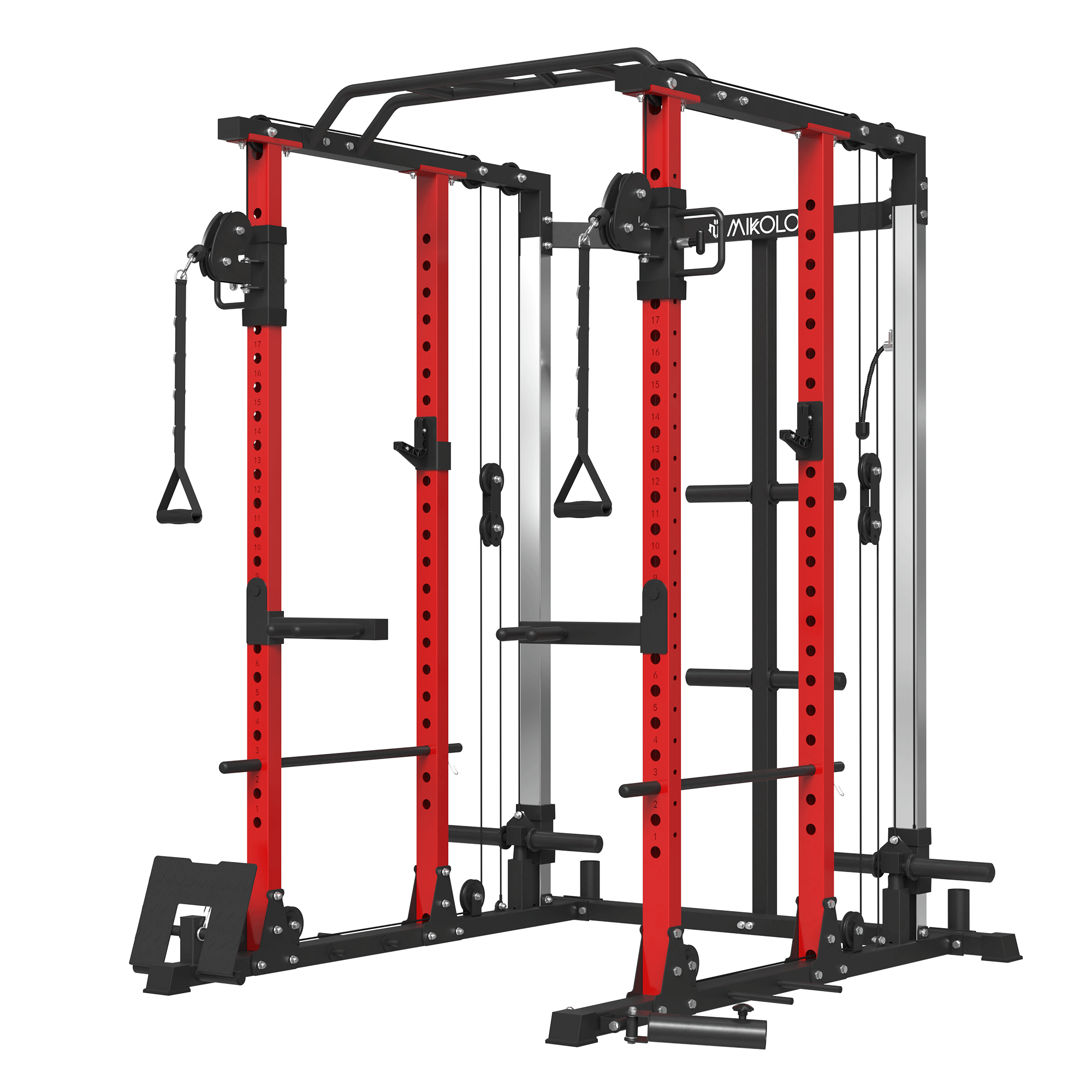



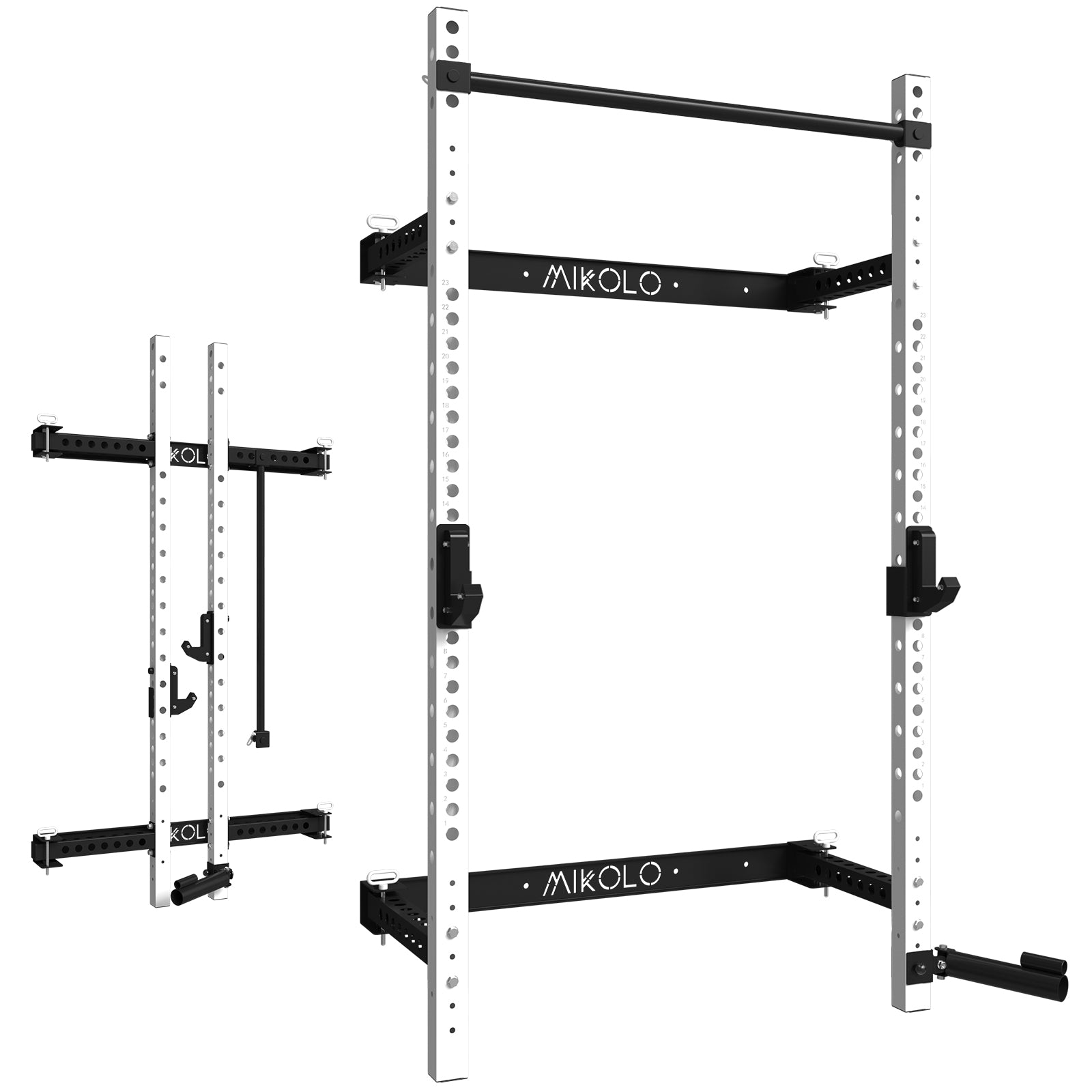









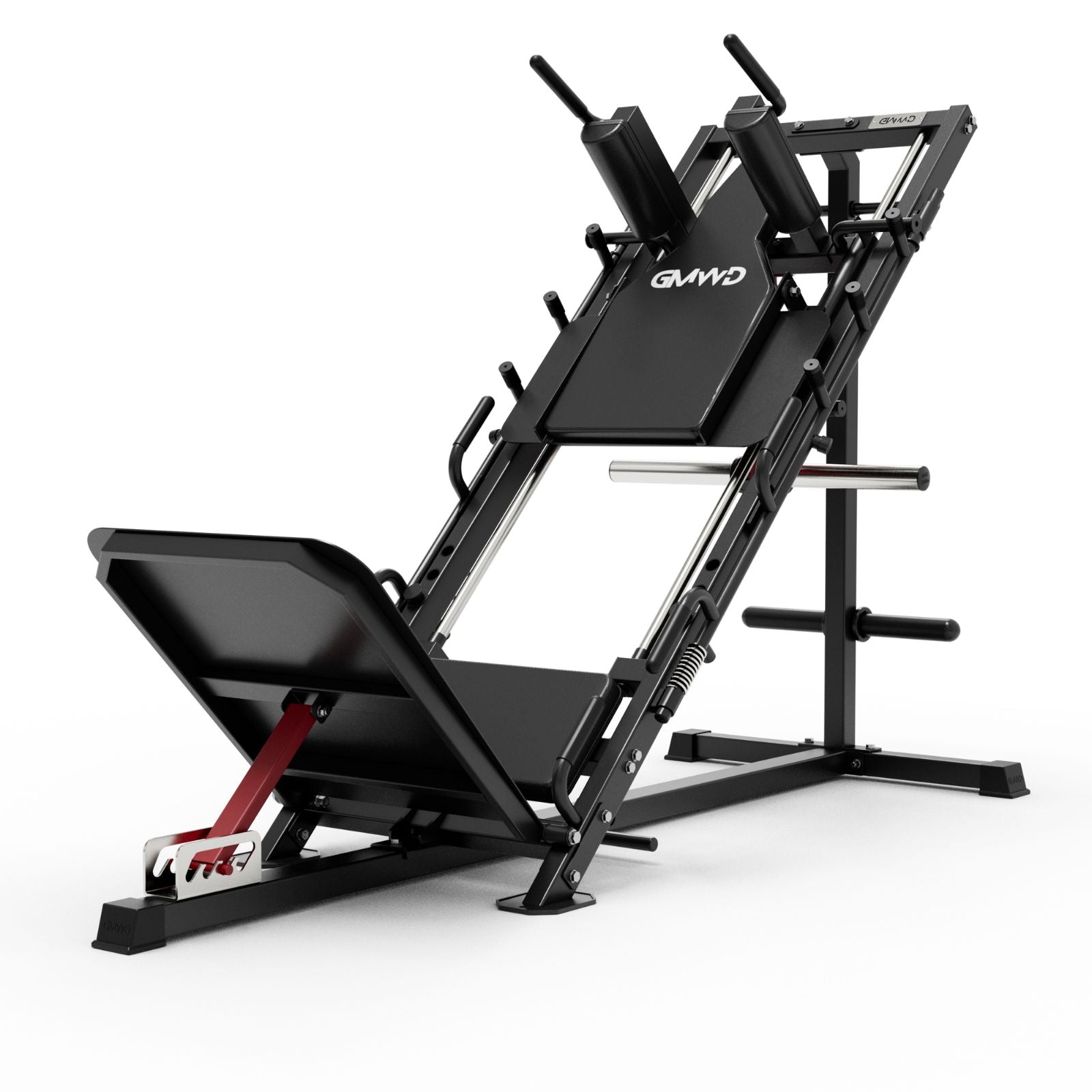







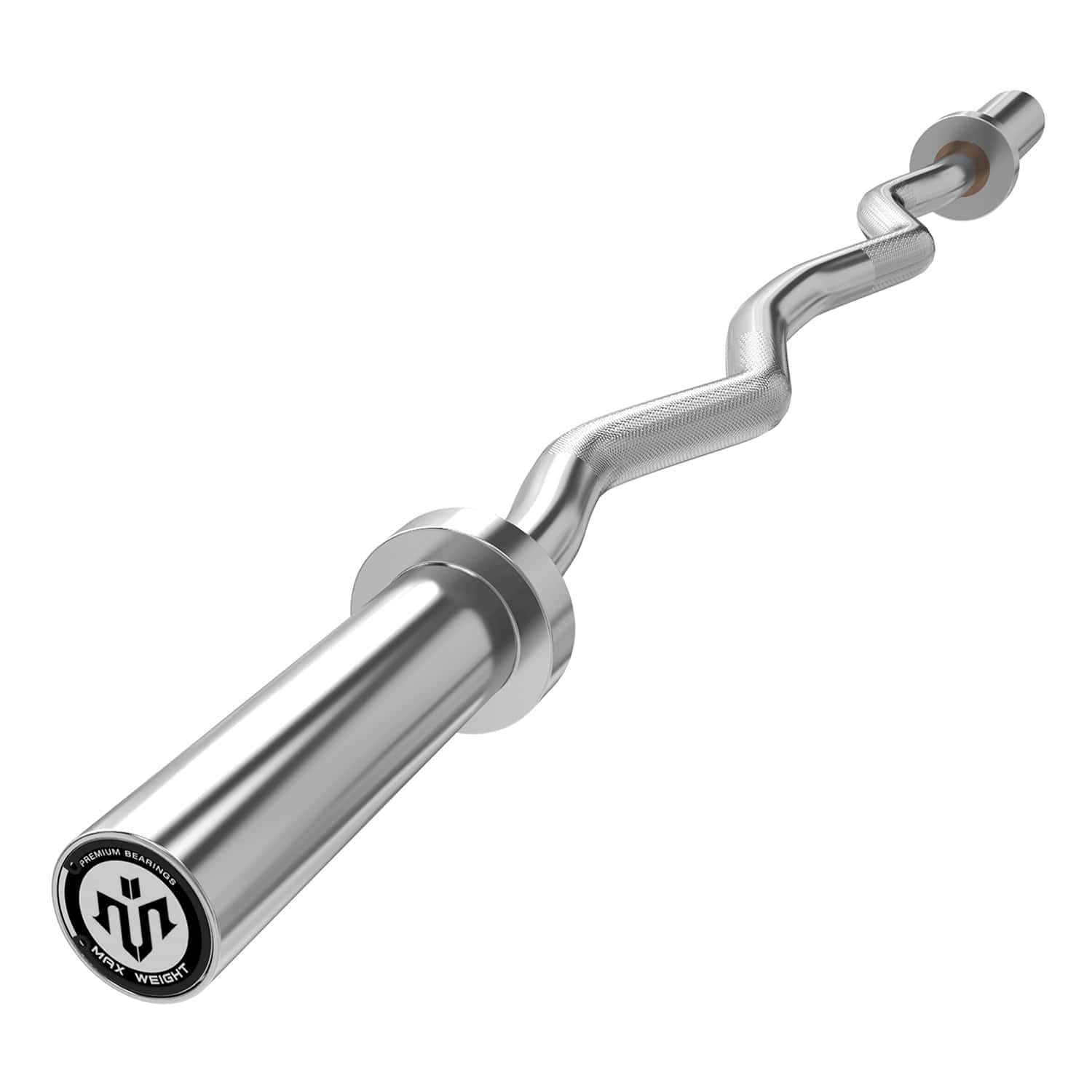
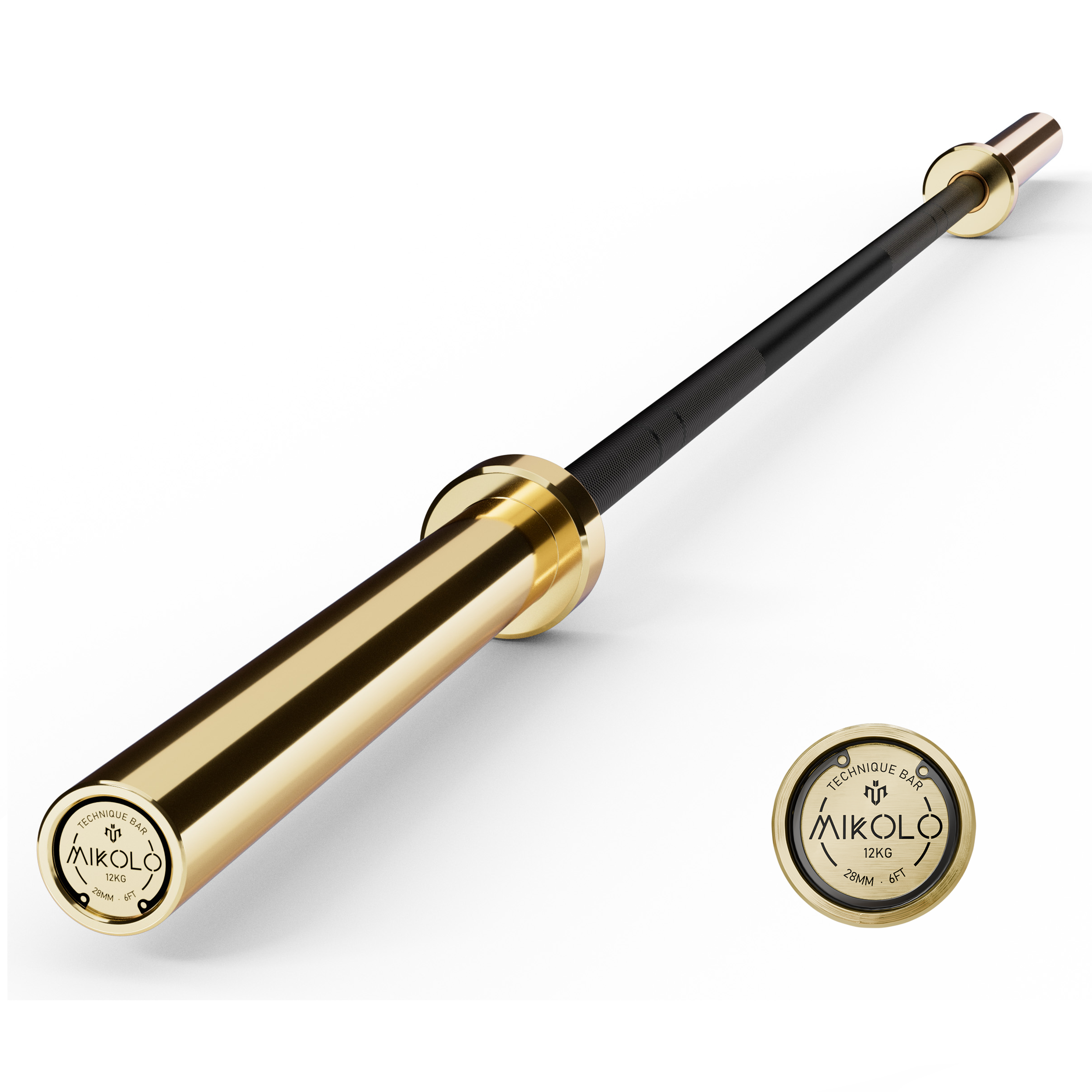


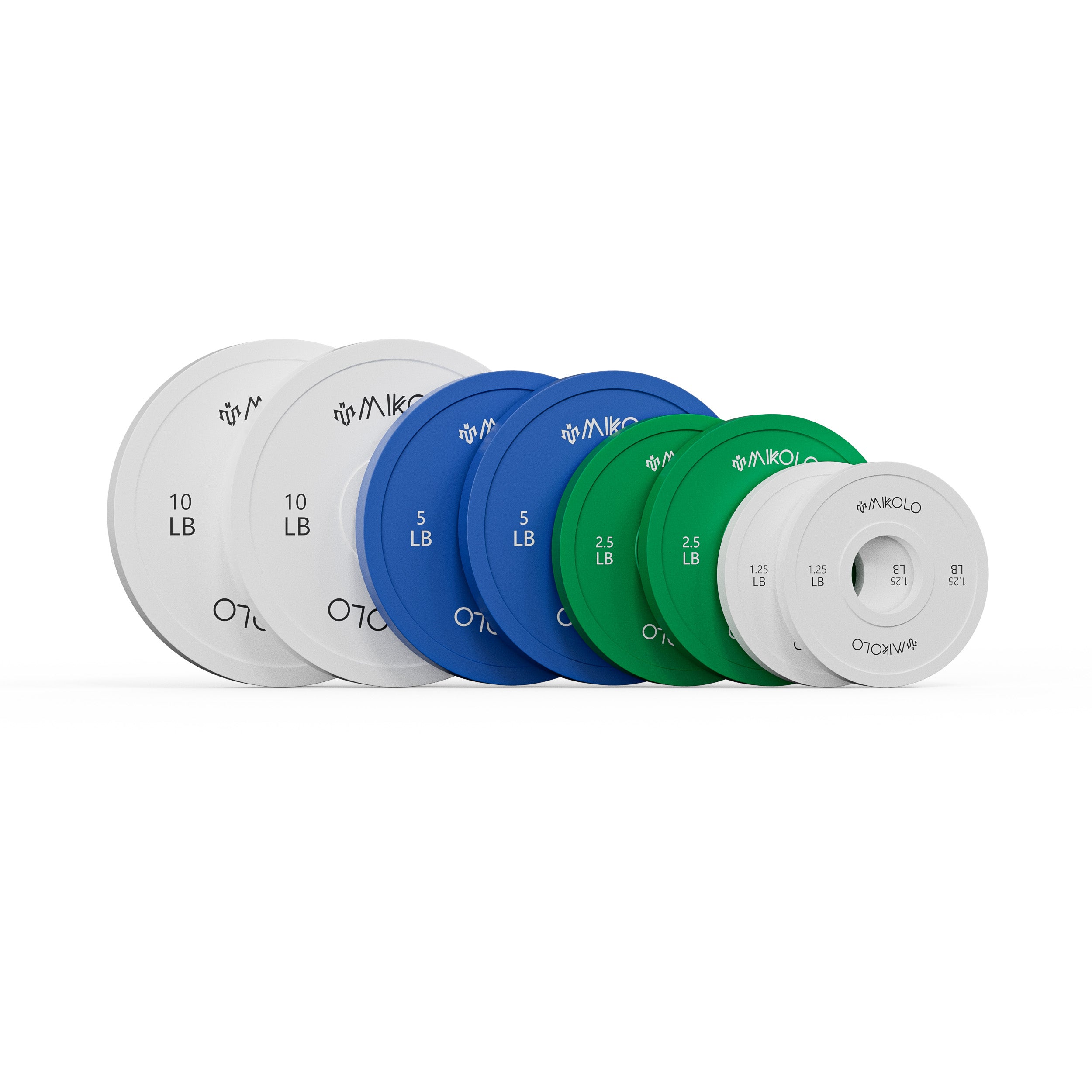



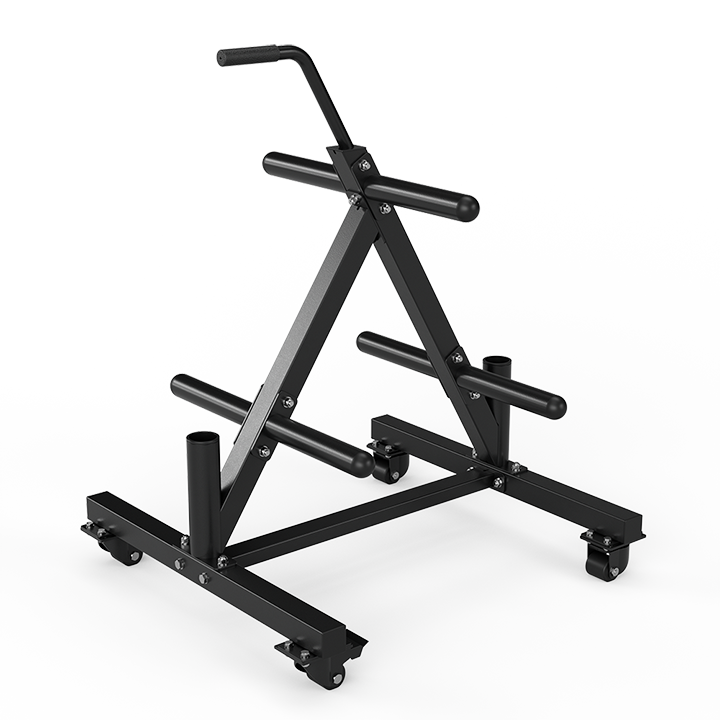
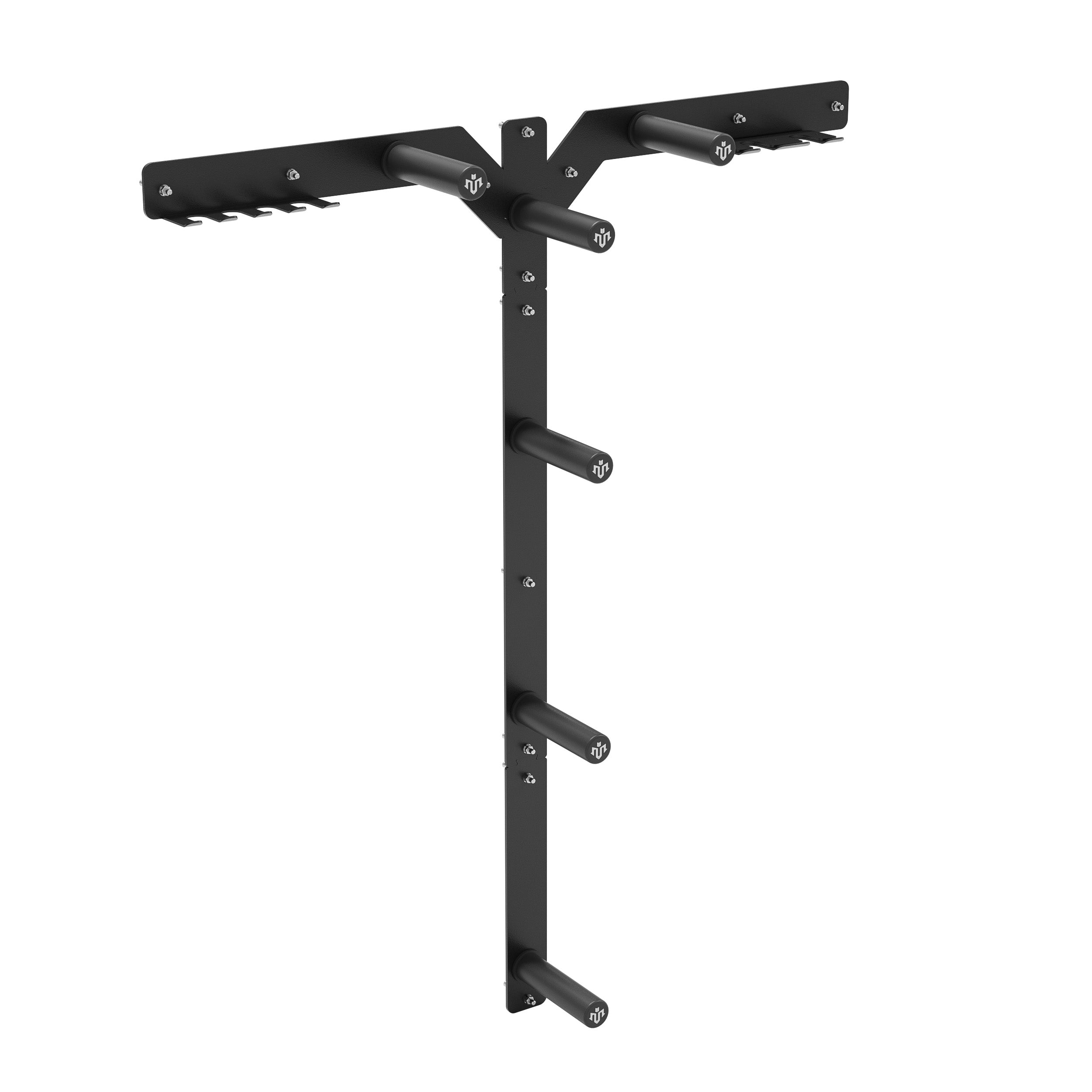




Leave a comment
This site is protected by hCaptcha and the hCaptcha Privacy Policy and Terms of Service apply.